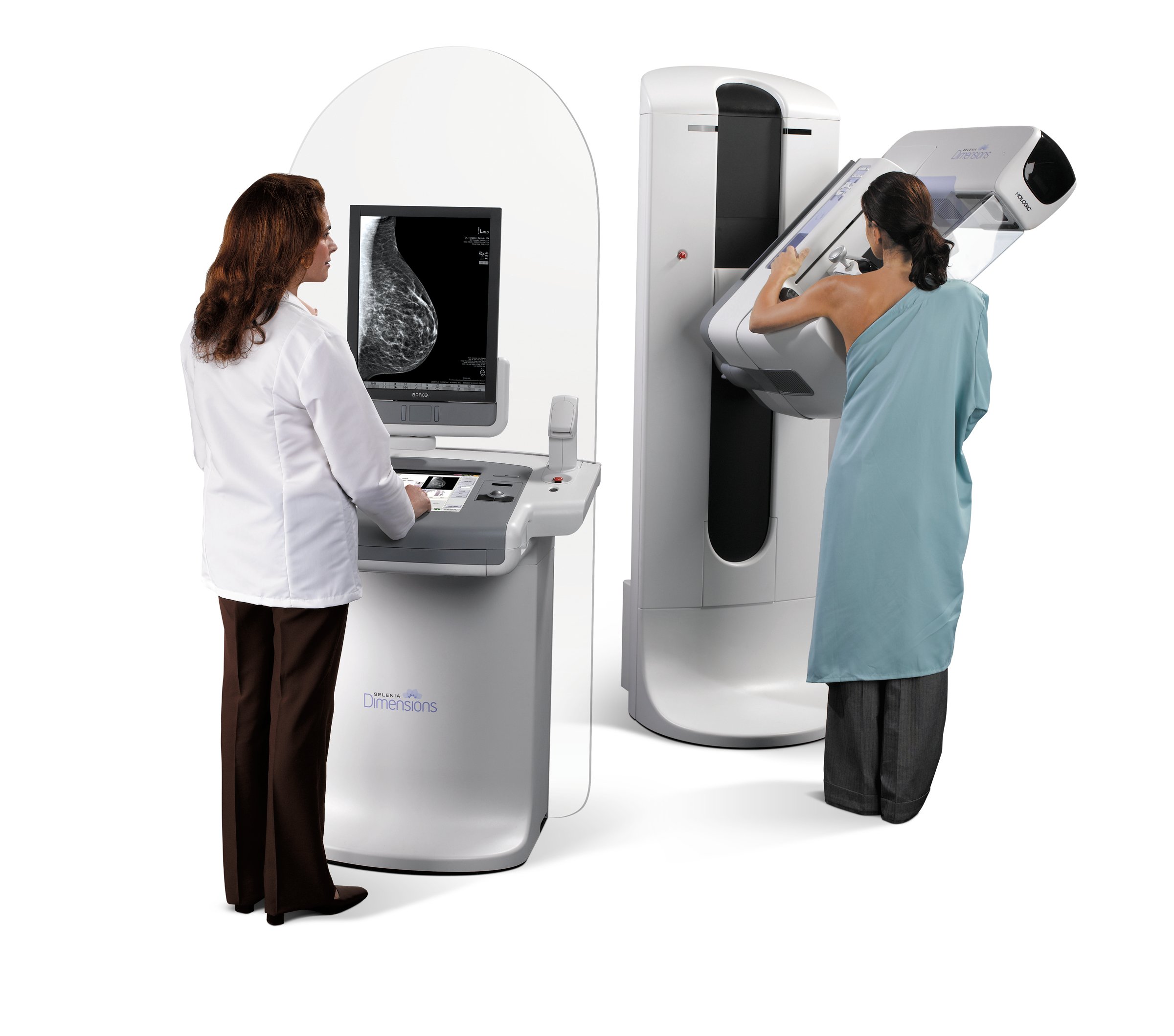
April 10, 2013 — Researchers at Moffitt Cancer Center predict that advancements in breast cancer screening will need a personalized touch because mammography is not a “one strategy fits all” technology. Their review “Beyond Mammography: New Frontiers in Breast Cancer Screening” appears in the April 4 issue of The American Journal of Medicine.
“Although mammography remains the gold standard for breast cancer screening, there is increasing awareness that there are subpopulations of women for whom mammography is limited because of its reduced sensitivity based on an individual’s breast density and other factors,” said Jennifer S. Drukteinis, M.D., the study’s lead author and assistant member in Moffitt’s Department of Diagnostic Imaging.
The writers refer to a controversial disagreement on mammography screening issues. In 2009, the U.S. Preventive Services Task Force, a panel of healthcare professionals charged with reviewing published research and making healthcare policy recommendations, issued guidelines that women should get mammograms every two years starting at age 50. They recommended against screening before 50. Their recommendation generated great controversy, even outrage, because of a well-established convention recommending mammography screening beginning at 40 and, for those with a first-degree relative with breast cancer, screening should start a decade before that relative’s age at diagnosis.
“At present, the task force is the only group or consensus panel in the United States recommending breast cancer screenings to begin at age 50,” Blaise P. Mooney, M.D., study co-author and an assistant member in Moffitt’s Department of Diagnostic Imaging. “There is, however, clear evidence that mammography detects early breast cancers in this population. Data suggest that large-scale screening reduces mortality.”
As effective as mammography has been, the authors consider it an imperfect screening tool.
The authors point out that the sensitivity of mammography is highly variable. The effectiveness for women with fatty breast tissue is as high as 98 percent while the effectiveness for women with dense breasts can be as low as 36 percent. Women who undergo annual mammography may still present with cancers found only on physical examination, they said.
Additionally, some studies suggest radiation exposure may contribute to an increase in breast cancer incidence in high-risk populations.
More successful breast cancer screening requires increased sensitivity and specificity while limiting costs and radiation burden, the authors recommended.
They also suggested that optimal patient care will require a new screening paradigm with patient-specific strategies tailored to risk based on family history, age, genetic profiles and breast density.
“The sensitivity of mammography is inversely proportional to breast density,” explained Mooney. “Owing to decreased sensitivity in women with dense breast tissue, but with attention to radiation concerns and a high rate of false positives, breast imagers are adapting with new technologies.”
According to the authors, those new technologies include low-dose mammography, contrast-enhanced mammography (evaluates blood flow in the breast), automated whole breast ultrasound, molecular imaging, magnetic resonance imaging (MRI) and tomosynthesis.
“The role of these new technologies is primarily as an adjunct to screening mammography and can be used in a combination tailored to the individual’s risk factors and breast density, with the goal of maximizing sensitivity and specificity,” said Drukteinis.
For more information: www.moffitt.org


 December 17, 2025
December 17, 2025 








